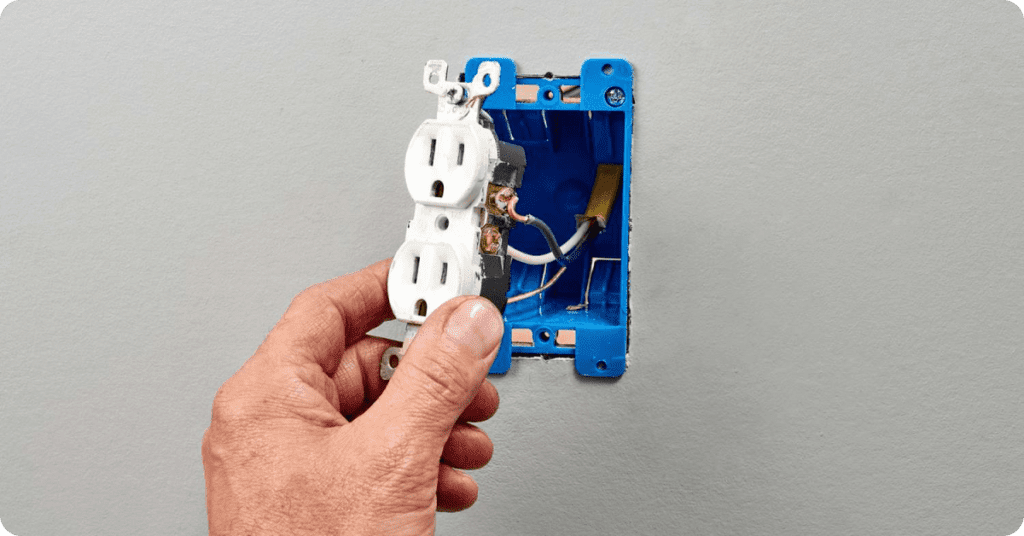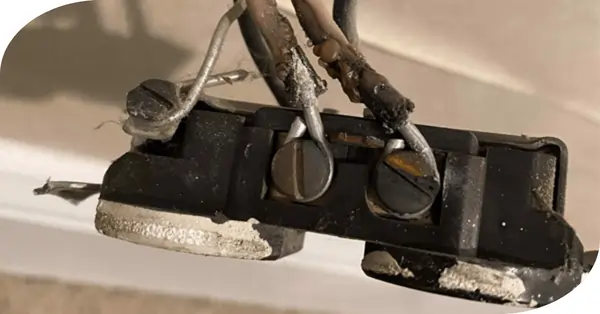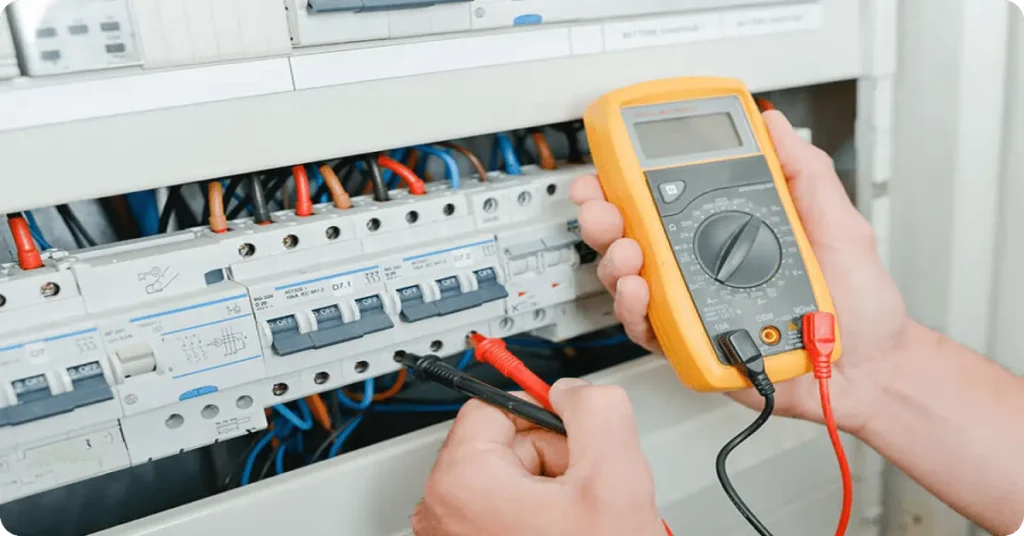
Which Way Is Up?!
Why are some electrical outlets, or receptacles as they are more commonly called in the electrical industry, installed upside down? Did the electrician make a mistake? Is this even legal? Rest assured, I’ll answer these questions and more right away!
Firstly, there is no universal “upside down outlets” in the world of general-use receptacles. The orientation of receptacles only became a consideration with the advent of grounding type receptacles. According to the National Electric Code (NEC), which addresses receptacles in article 406, there is no specified direction for the grounding prong. Specifically, section 406.5(D) covers the Position of Receptacle Faces and does not dictate which way the grounding prong should face.
However, some electricians install electrical outlets upside down as a standard practice to indicate that the outlet is controlled by a wall switch. This can be a helpful visual cue for homeowners, making it easier to identify switched outlets. So, the next time you see an electrical outlet upside down, it might just be a signal that it’s switch-controlled.
So Why Would Someone Install a Receptacle in a Specific Orientation?
I don’t have a good answer for that, maybe someone will have some solid historical evidence I can share and update this page with. In the meantime here are the common “up” and “down” theories.
Ground Prong Facing Down:
- For a period of time, GFCI receptacles had their “test” and “reset” buttons oriented so they could be read if the ground is facing down. Today, manufacturers print “GFCI” in both directions. Just for kicks, I read the “instructions” that come with the GFCI’s from Leviton. At no point do they recommend a particular orientation.
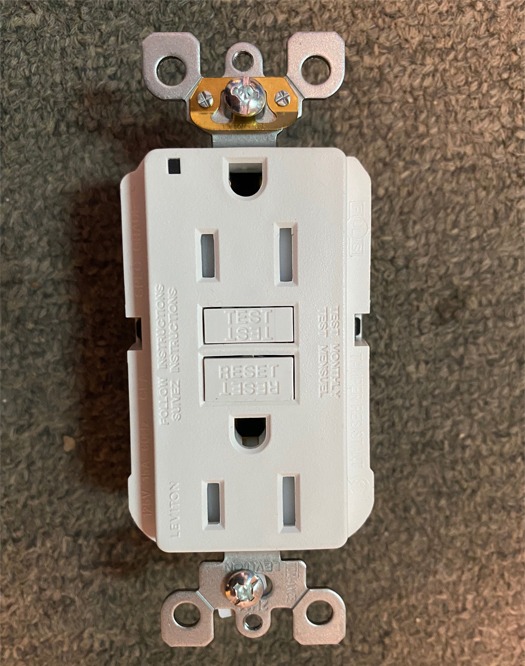
- Ground prong down could prevent shock when unplugging a device (your index finger would be on the bottom). I learned this one from Archtoolbox.com, great website.
Ground Prong Facing Up:
- If a metal object such as a loose cover plate or picture frame or something along those lines happens to fall on the receptacle when an appliance is not completely plugged in, it will hit the ground prong first (no current) and ideally not cause a short. I have seen a loose cover plate cause a short across the prongs of a vacuum plug. Obviously the more important question is “why in the world was the cover plate so loose”?
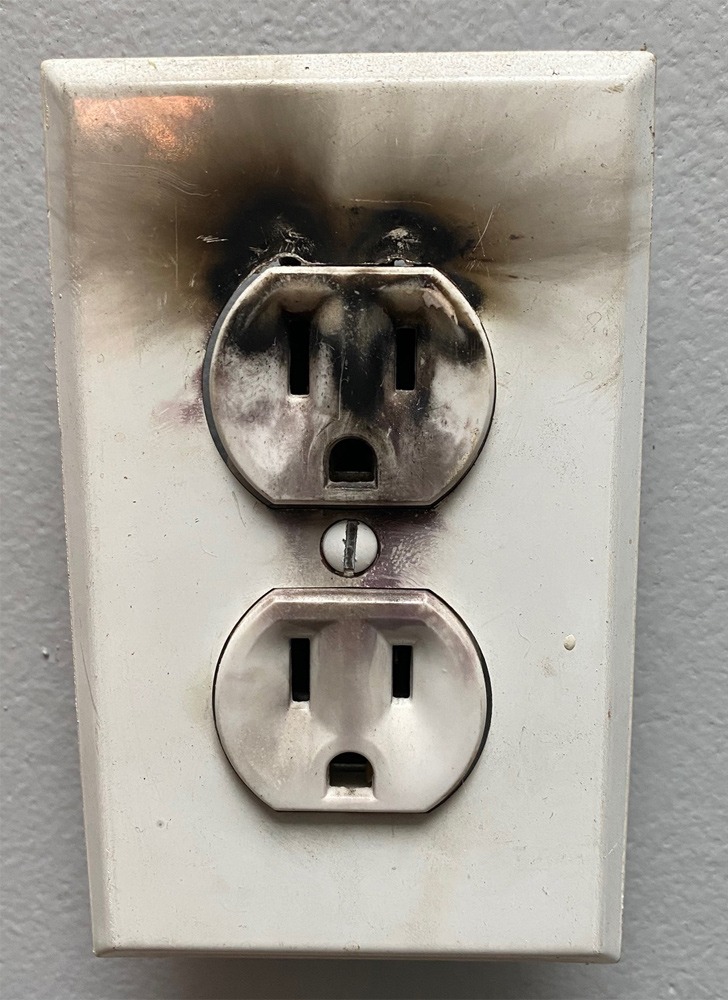
Closing Thoughts
There you have it. There is no such thing as an upside down outlet. Maybe a particular orientation we’re all used to seeing but that’s about it. We could go farther and debate which way the ground faces when receptacles are installed horizontally! Now go debunk whoever told you that you had upside down receptacles. Thanks for reading.

